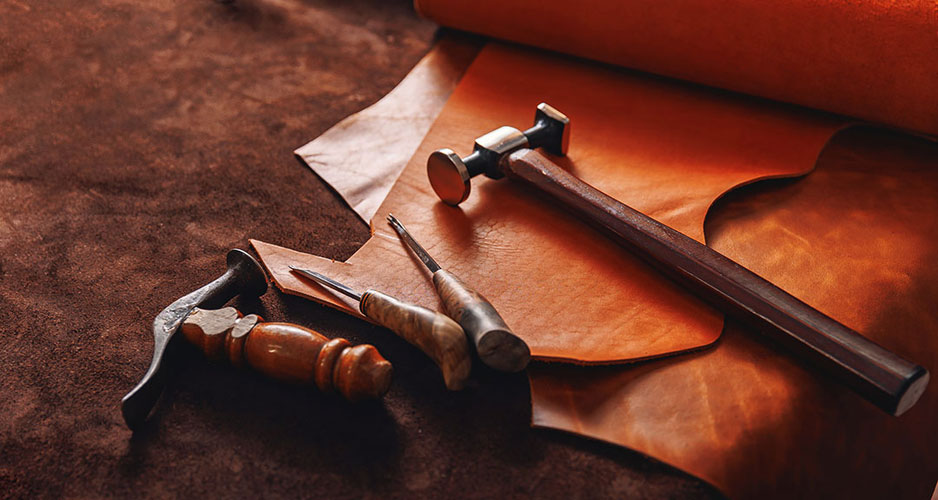
28 Sep How Have Traditional Leather Tools Stood the Test of Time? The Enduring Legacy of Quality Craftsmanship
There’s something almost magical about holding a handcrafted leather item—maybe it’s the weight of the material, the way it softens over time, or the tiny imperfections that make it unmistakably unique. But have you ever stopped to think about the tools behind that magic? The centuries-old leather tools that have shaped bags, belts, and boots long before mass production took over the world?
Craftsmanship vs. Convenience – A Battle for Relevance?
At first glance, leatherworking might seem like an old-world craft, overtaken by modern machinery and laser precision. But leather tools—often simple, sharp, and expertly balanced—have held their ground for centuries. It’s not just nostalgia that keeps them alive; it’s their unmatched ability to create a product that feels truly one-of-a-kind. There’s a sort of poetry in wielding a knife that’s been used the same way for hundreds of years.
While machinery cranks out the volume, traditional tools produce something a machine never can: the fingerprint of the human touch. Each cut, each stitch made by hand with these time-honored tools carries with it the weight of history, the mark of an artisan who has chosen patience over speed, skill over automation.
Tools That Defy Time
What makes these tools so special? Why aren’t they relegated to the annals of history?
- The Awl: Simple yet precise, an awl punches holes for stitching with the same grace it did a thousand years ago. It’s the kind of tool that’s hard to improve because it’s already perfect in its simplicity.
- The Mallet: Not just for pounding nails. A leatherworking mallet, often made of wood or rawhide, is crucial for shaping and securing leather. It brings a tactile connection to the material that no mechanized hammer can replicate.
- Edge Bevelers: The sharp, curved blades of edge bevelers round out leather edges, creating that signature polished look. Modern tools might add digital readouts and fancy grips, but the basic form and function remain the same.
These tools are part of an unbroken chain, passed down through generations. While designs might be tweaked here or there, their core essence remains unchanged. And that’s the secret—these tools were designed right the first time.
The Timeless Appeal of Handcrafted Leather
In a throwaway culture where trends fizzle as quickly as they spark, leathercraft stands as a beacon of permanence. When done right, a leather piece can last a lifetime, often becoming more beautiful with age. But here’s the catch: quality leather goods depend on quality tools, and it’s these age-old tools that shape and define that quality.
Modern Technology? No Thanks
Let’s be clear: modern technology isn’t the enemy. It’s just not the same. Sure, computer-aided machines can churn out a leather wallet in minutes, but what’s lost in the process? The imperfections that make a handcrafted item unique, the subtle irregularities that show a human being was behind its creation—those are what people value in a world of mass production.
When someone buys a handcrafted leather bag, they’re not just purchasing an accessory; they’re buying a piece of history, a reminder that not everything has to be mass-produced. The feel of the leather, and the subtle differences in texture and stitching, all speak of the hands that shaped it and the tools that brought it to life.
Why Quality Endures
Why do these traditional tools still matter? It’s simple: they work. And they work better than anything else for their intended purpose. A finely crafted leather product feels solid, reliable, and real in your hands. It’s not just the leather itself—it’s the craft behind it. The careful selection of tools and the practiced techniques passed down through centuries, all converge to create something that lasts.
Conclusion
In the face of rapid technological advancements, traditional leatherworking tools have held their ground, defying obsolescence through sheer excellence. These tools are not relics but essentials, each carrying a piece of the past into the present, ensuring that craftsmanship never loses its place in the world.
Maybe, just maybe, there are some things that we shouldn’t rush to improve.


